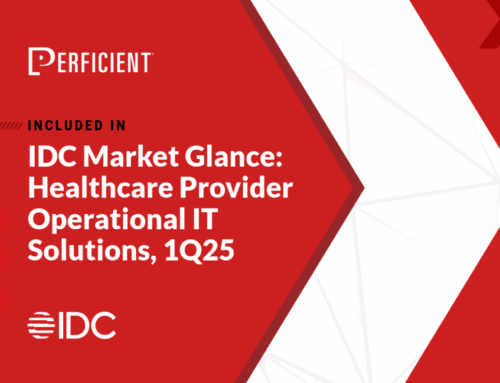Seeking additional arrows in their quiver against large bank failures, on October 14, 2022, the Federal Reserve Board (FRB) and Federal Deposit Insurance Corporation (FDIC) published an Advance Notice of Proposed Rulemaking (ANPR). The ANPR is intended to solicit public input regarding whether an extra layer of loss-absorbing capacity could improve optionality in resolving a large banking organization or its insured depository institution, as well as garner feedback on whether the public deems the potential benefits posed by this type of requirement worth the costs.
The FRB and FDIC are looking to improve financial stability by limiting contagion risk (the spread of an economic crisis from one market or region to another) by reducing the likelihood of uninsured depositors suffering loss. In addition, the regulators are trying to keep as many resolution options as possible open for the FDIC to resolve a firm in a way that minimizes the long-term risk to the Deposit Insurance Fund (DIF).
The FDIC has several options for carrying out the resolution of an insured depository institution, including selling assets and transferring deposits to healthy acquirers, transferring assets and deposits to a bridge bank (which, among other things, could either sell off assets over time or conduct a sale or an IPO, once the restructured business has stabilized), managing the institution itself while gradually disposing of assets that are avoiding selling as part of a fire sale, or executing an insured deposit payout.
The ANPR asks for comment on several potential new requirements and resources that could be used for an orderly resolution of these large banking organizations, including a long-term debt requirement. The required long-term debt could be imposed not only on Category I but also on Category II and III bank organizations.
Current Category I-III Bank Rules
The most stringent rules apply only to the global systemically important banks (GSIBs) and include requirements to submit a resolution plan (aka Living Wills) every two years; follow a “clean-holding company” requirement that prohibits top-tier holding companies from entering certain financial arrangements (such as short-term borrowings or derivatives contracts) that might impede orderly resolution, adopt resolution-related stay provisions in qualified financial contracts (for example, establishing a set period of time during which a party to a qualified financial contract is restricted from terminating, liquidating, or netting such contract in the event of resolution); and maintain minimum outstanding amounts of Total Loss-Absorbing Capacity (TLAC) and long-term debt.
For large banking organizations that are not U.S. GSIBs, resolution planning requirements under Title I of the Dodd-Frank Wall Street Reform and Consumer Protection Act apply at a reduced frequency. Category II and Category III large banking organizations file resolution plans on a triennial cycle, alternating between submission of full and targeted resolution plans. Further, large banking organizations that are not GSIBs generally are not subject to TLAC or long-term debt requirements, clean holding company requirements, rules related to qualified financial contract stay provisions in resolution, or Board guidance on recovery planning.
Current Capital Requirements
The current long-term debt calibration for U.S. GSIBs requires that firms maintain long-term debt at least equal to the greater of (i) 6% of risk-weighted assets, plus a firm-specific surcharge applicable to each GSIB or (ii) 4.5% of total leverage exposure. This calibration is intended to ensure U.S. GSIBs maintain enough loss-absorbing capacity to fully recapitalize material subsidiaries quickly for continuous operation.
The current long-term debt requirement for intermediate holding companies of foreign GSIBs is calibrated at the greater of 6% of risk-weighted assets or 2.5% of total leverage exposure.
*Readers who need assistance with the preparation of their firm’s Living Wills are encouraged to reach out to their local Perficient contact who will be happy to arrange a meeting and quote on the assistance required.*
FDIC: Readers of this post are encouraged to submit comments or answer any of the 10 posed questions, identified by RIN 3064-AF86, by either of the following methods:
Agency Website: https://www.fdic.gov/resources/regulations/federal-register-publications/. Follow the instructions for submitting comments on the Agency website.
Email comments@fdic.gov. Include RIN 3064-AF86 in the subject line of the message.
FRB: Comments or answers to any/all of the 10 questions posed should be submitted, identified by Docket No. OP-1786 and RIN 3064-AF86, by any of the following methods:
Agency Website: http://www.federalreserve.gov. Follow the instructions for submitting comments at http://www.federalreserve.gov/generalinfo/foia/ProposedRegs.cfm.
Email regs.comments@federalreserve.gov. Include the docket and RIN numbers in the subject line of the message.
Both the FRB and FDIC will accept comments and answers for 60 days after publication in the Federal Register.





Leave A Comment